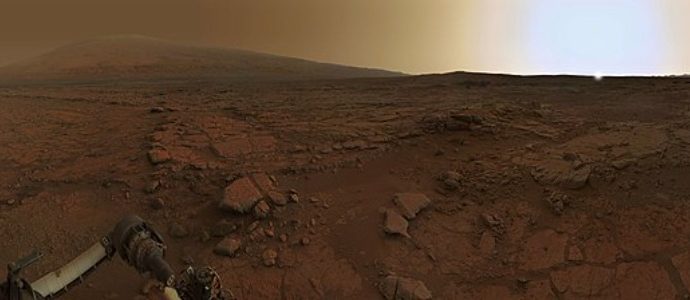Yet Another Biosignature Gas Appears to Change With the Seasons on Mars
NASA’s Curiosity rover has found that the oxygen levels in the air in the Mars’s Gale Crater change along with the seasons on the Red Planet, rising in the spring and summer and falling during the winter. This follows Curiosity’s discovery that Martian methane also fluctuates with the seasons, andread more
